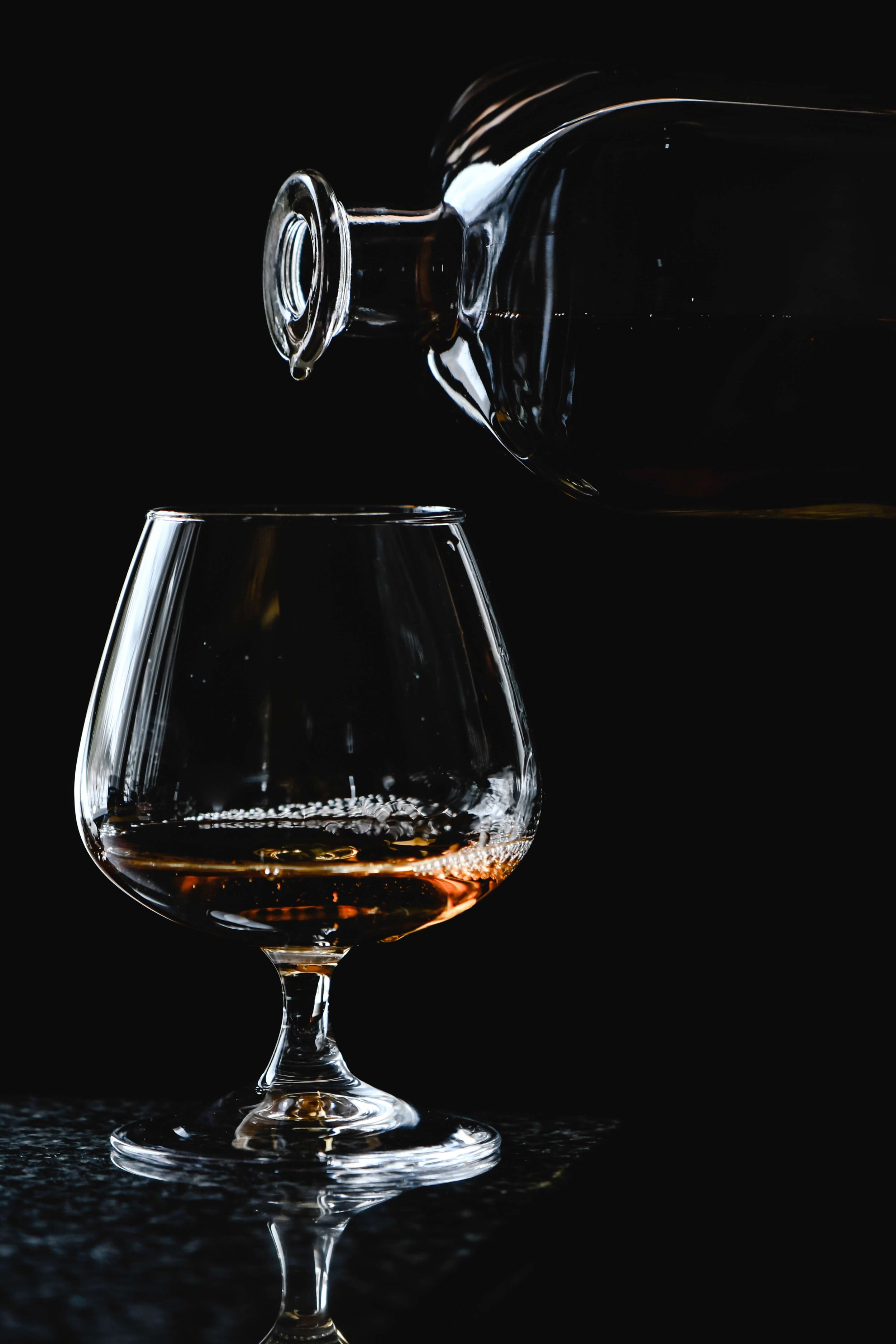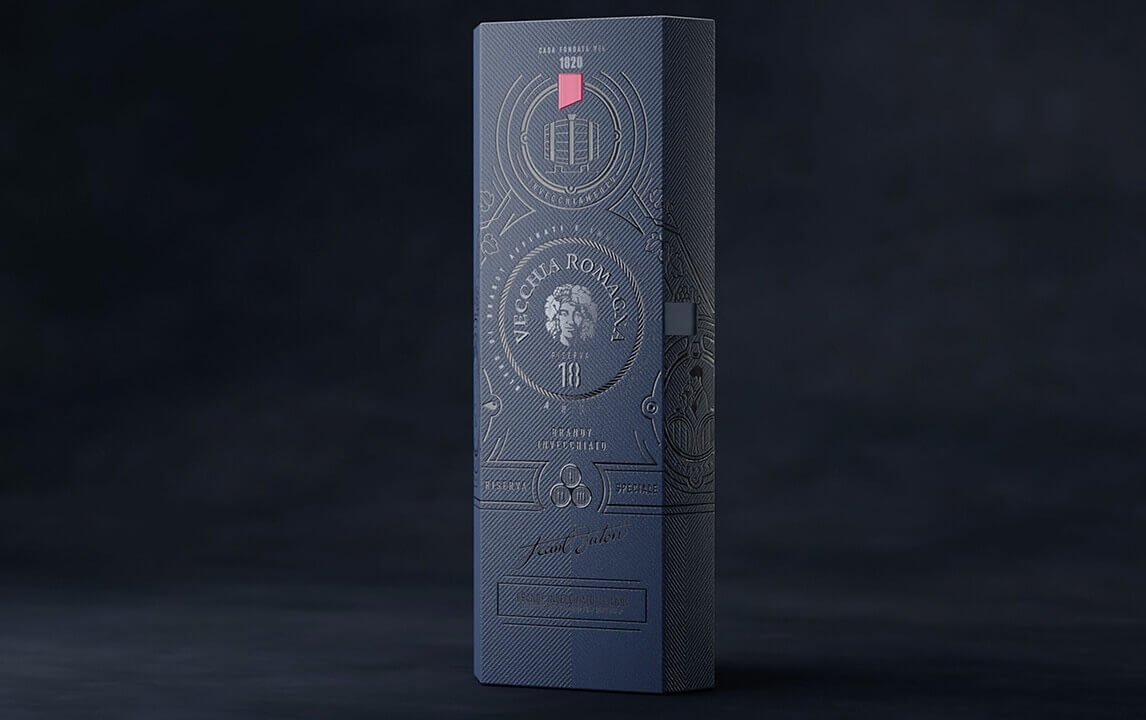Can Brandy Reinvent Itself to Capture a New Audience?
This article was initially published in the November issue of Global Drinks Intel magazine.
Brandy has a reputation for being an old-fashioned spirits category in many markets, but leading brands are stepping up their efforts to target younger consumers, writes Joe Bates.
In 2021, brandy (not including Cognac and Armagnac) recovered strongly as the huge volume market of India sprang back to life after the pandemic, adding over 7m cases to the category’s volumes. According to IWSR Drinks Market Analysis, brandy’s global volumes reached 154.46m cases in 2021, an increase of 4.7% over the previous year.
Premiumisation, however, remains a work in progress. “Most large brandy markets are rather traditional and mature,” acknowledges IWSR analyst Jose Luis Hermoso. “Other [spirits] categories are much more exciting than brandy in most of them, so younger consumers are not adopting brandy in their drinking repertoire. Brandy continues to rely on a dwindling, aged consumer base."
Innovation-driven approach
Christian Visalli, global spirits director of Juan Torres Master Distillers, counters this view, arguing the decision that the Spanish brandy producer took a few years ago to target the younger consumer is paying off. “We opted for an innovation-driven approach, trying to create excitement and category awareness among this younger segment with special editions like the Torres 10 Barrel Series — which includes Torres 10 Double Barrel, launched in 2019, and Torres 10 Smoked Barrel, launched last year — but also with new breakthrough brandies like Torres Alta Luz, which was launched in 2021 as the first crystalline brandy made in Barcelona,” he says.
Laure Habbouse, international brand manager at La Martiniquaise-owned French brandies Bardinet and Beehive, also takes a positive view of the category’s progress. “We believe that brandy is like whisky a few decades ago,” she says. “It will evolve from a stuffy image to a cool, easy drink. This will be done through usage (cocktails, long drinks); expanding the flavour profile through emerging markets with younger-demographic drinkers (such as the Middle East or India), but also more discerning drinkers (like for Cognac). We already see this trend in the US.”
Plugging into the flavour trend
Last year, Bardinet, whose key markets include the UK, Australia, the Middle East, India and Global Travel Retail, unveiled the first expression in a new flavoured range, Bardinet Coffee, in an attempt to capitalise on the global popularity of coffee. The company described Bardinet Coffee as a “contemporary product” that stays true to Bardinet’s “French heritage and passion” with “cross-generational appeal”.
Meanwhile, Beehive, which saw sales grow by over 50% in the first three quarters of 2022, has released a 170th Anniversary Limited Edition Cuvée. The liquid is a blend of Beehive Original XO and 15-year-old eaux-de-vie that is presented in the brandy’s hive-shaped bottle and a black-and-gold gift box.
Reopening on-premise to boost brandy in the Philippines
COVID-19 disruption to the Philippines’ on-premise channel saw brandy volumes drop in 2021 by more than 2.8m nine-litre cases to around 21m, according to the IWSR. However, the performance of the category-leading Emperador brand, owned by the Alliance Global Group, was more robust, declining by only 1.7% to 23.2m cases, a figure that includes the value brandy’s growing export business.
The return of the on-premise in the country last year should benefit brandy producers, according to IWSR analyst Jonathan Ho. “The brandy market is definitely a brighter one with the reopening of the on-trade,” he says. “It has lost its market share to local gins and rums due to the closure of nightlife establishments. The revived nightlife scene in the Philippines should see brandy regain this lost market share.”
In August, import & distribution company The Keepers Holdings, owned by Philippine business tycoon Lucio Co, announced plans to take up to a 50% stake in Williams & Humbert. The Spanish Sherry and brandy producer has produced The Keepers’ Alfonso Brandy, one of the leading imported brandies in the country, for two decades.
“This agreement will strengthen the competitive positioning of Williams & Humbert, consolidate its business and allow for new projects in the future,” Williams & Humbert international marketing manager Gonzalo Medina tells Global Drinks Intel. “Moreover, this alliance will cement the commitment to make Brandy Alfonso an international brand. This increase in the shareholding acquired in the winery by Lucio Co will further strengthen the excellent relationship that the Co and Medina families have maintained for over 20 years.”
Can the sector premiumise in India?
After whiskey, brandy is the second-largest Indian-Made-Foreign-Liquor category in India. It enjoyed a strong rebound in 2021, growing nearly 13% as the country’s economy rebounded from COVID-19. Nonetheless, IWSR analyst Jason Holway paints a picture of a category with significant problems within this vast, complex market. “Brandy consumption in India is primarily a southern thing, although there are pockets in the north as well,” he explains. “It’s a seasonal ‘winter warmer’ favoured by older consumers.
“There is little sign of premiumisation — Cognac/Armagnac tends to be seen as the premium alternative to IMFL brandy. No local brandy goes beyond 'standard' by price, according to the IWSR definition. Most is low-price/value. Brandy is not the only category with this ‘mainstream hole’ — rum and wine have this gap too. For all, the local challenge is to credibly fill it: for international brands, it is to find a way to compete on price here, even after all the excise rates and other factors are taken into account.”
To its credit, Tilaknagar Industries, the producer of Mansion House Brandy, one of the country’s top-selling IMFL brandies, has vowed to premiumise: In September, the company unveiled Mansion House Reserve French Style Brandy in Tamil Nadu, the largest brandy-consuming state in India. Earlier in the year, the brand also entered the flavoured segment, launching a new range of three flavours: Orange, Cherry and Peach.
Brandies target upscale duty free
It’s telling that just one non-Cognac brandy made it onto the latest IWSR list of the top 50 best-selling spirits in Global Travel Retail — Rémy Cointreau-owned Metaxa, a Greek brandy-style liqueur. Now that international travellers are returning, this high-profile channel is the ideal way for brandy brands to internationalise, a point not lost on Italy’s Vecchia Romagna, which recently signed a deal with a Dubai Airport fine wine & spirits retailer to list two of its expressions, Riserva 18 and Riserva Anniversario.
Vecchia Romagna Riserva 18 is the latest limited edition from the Italian brandy, which is part of Gruppo Montenegro’s portfolio. The expression is aged for a minimum of 18 years in French oak barriques and large Slavonian oak casks before being finished in ex-Amarone Della Valpolicella wine casks. Riserva 18 is presented in a custom-designed blue presentation box.
“We're extremely pleased with the development of Vecchia Romagna in recent years, where we've seen an incredible increase in demand in markets like Germany, Canada, the UK as well as Central and Eastern Europe along with China, Hong Kong, South Korea and Thailand, to name a few,” says Francesco Scaglione, director of Montenegro's international division.
“Recently, we completed a week-long tour of India where we introduced our range to the market, and launched our Riserva 18 and Riserva Anniversario 200 in Le Clos in Dubai. Global Travel Retail is also becoming an important channel for Vecchia Romagna and we will be developing our business even more actively here.”
St-Rémy Brandy also performed well in GTR last year, according to global brand director Hervé Buzon, helping the Remy Cointreau-owned brand to a double-digit increase over the first six months of the year. “Historically, St-Rémy has always been very strong in airport shops in certain parts of the world where it's seen as a strong trade-up versus local-market brands," says Buzon. "These markets are mainly the Gulf (Dubai, Qatar and Bahrain), India, Sri Lanka and Singapore. Additionally, the brand has always been strong in the Nordic ferry industry and in Australian and New Zealand airports, while [in 2022] we can see a standout increase in the Gulf and India.”
Brandy is ‘ripe for reappraisal’ as craft scene develops in the US
For decades, brandy in the US was dominated by mass-market brands such as E&J and Korbel. But, the appearance of Louisville-based Copper & Kings in 2014, launched by husband-and-wife team Joe and Lesley Heron, ignited interest in craft brandy among consumers in the country. Attracting American whiskey drinkers wanting to try something different, Copper & Kings was fully acquired by Constellation Brands in 2020.
The craft brandy scene in the US continues to develop. In late 2021, veteran US spirits executive Julious Grant launched Omage, a super-premium Californian brandy using many of the same production methods as Cognac. Aged in charred and toasted American Bourbon and French oak barrels, Omage comes in three expressions: VS, VSOP and XO, priced from US$25.99 to $89.99.
“We’ve seen exponential growth since Omage’s introduction, focusing our initial roll-out in the top 15 brandy/Cognac markets in the US,” Grant tells Global Drinks Intel. “We’re available through major distributors and wine and spirits stores across the US, and are continuing to expand.
“There are two things that I feel make the broader brandy category ripe for rediscovery and reappraisal,” he adds. “The first is that Omage was created to meet the taste of the consumer today instead of the consumer having to adapt to the taste of brands within this category.
“The second is that Californian (American) brandy gives me the freedom to explore different craftsmanship approaches to create this unique taste profile. Cognac doesn’t allow for these freedoms because of the category’s strict production restrictions.”
This article was initially published in the November issue of Global Drinks Intel magazine. For details on how to subscribe, click here.



